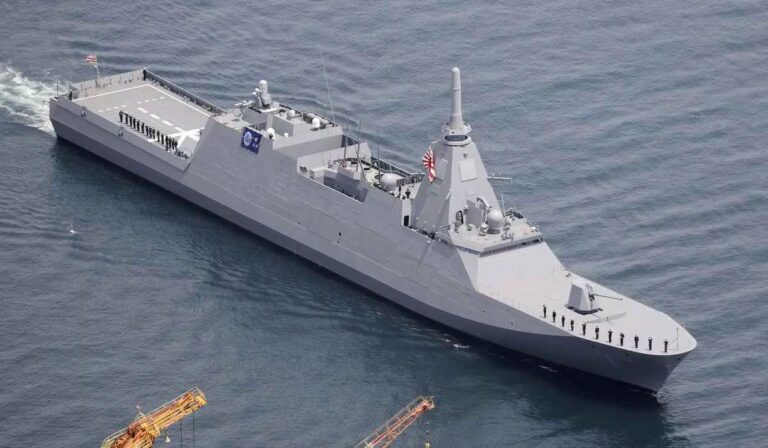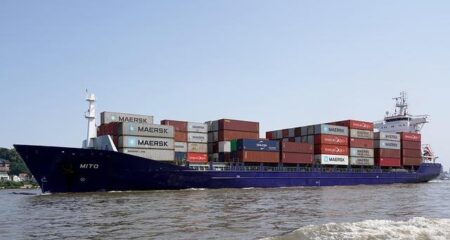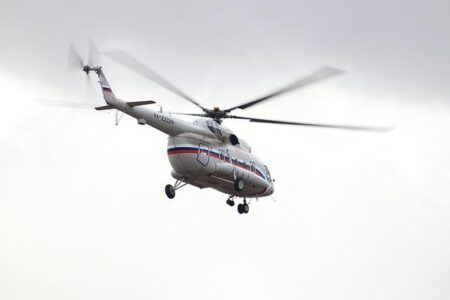A Japanese frigate has arrived in Australia as part of Tokyo’s strategic efforts to strengthen defense ties and secure a significant defense contract. The visit underscores Japan’s growing role in regional security and signals deepening military cooperation between the two countries amid evolving geopolitical challenges in the Indo-Pacific. This development comes as both nations seek to bolster their defense capabilities and partnerships in response to increasing regional tensions.
Japanese Frigate Docked in Australia Marks Strategic Military Collaboration
The recent arrival of a Japanese frigate at an Australian naval base underscores a deepening partnership between Tokyo and Canberra, signaling increased cooperation in defense and regional security. This naval visit is seen as a tangible expression of Japan’s broader strategy to strengthen military ties with key Indo-Pacific allies amid growing geopolitical tensions. The deployment not only facilitates joint training exercises but also promotes interoperability between the two nations’ maritime forces.
Key aspects of this military collaboration include:
- Enhanced intelligence sharing and surveillance operations in contested waters.
- Joint humanitarian assistance and disaster relief drills.
- Coordination on defense technology development and procurement initiatives.
| Aspect | Japan | Australia |
|---|---|---|
| Frigate Type | Maya-class guided missile | Hobart-class destroyer |
| Focus Area | Missile defense & Aegis system | Air warfare & surface combat |
| Base Location | Yokosuka | HMAS Stirling |
Tokyo’s Defense Deal Bid Highlights Growing Indo-Pacific Security Ties
The recent arrival of a Japanese frigate in Australian waters underscores a strategic push by Tokyo to cement its role as a key security partner in the Indo-Pacific region. This deployment not only showcases Japan’s advanced naval capabilities but also signals its commitment to strengthening military cooperation with Australia amid rising geopolitical tensions. Analysts note that such maneuvers are part of a broader push by Tokyo to diversify and enhance defense partnerships beyond its traditional alliances.
Key aspects of Tokyo’s defense outreach include:
- Technology sharing: Collaborative development of next-generation maritime defense systems.
- Joint training exercises: Increased frequency and complexity of drills between Japanese and Australian forces.
- Strategic dialogues: High-level talks focusing on mutual responses to regional security challenges.
| Security Partnership | Main Initiative | Target Year |
|---|---|---|
| Japan-Australia | Frigate Joint Operations | 2024 |
| Japan-India | Missile Defense Coordination | 2025 |
| Australia-US-Japan | Trilateral Naval Exercises | 2024 |
Experts Recommend Strengthening Joint Training and Technology Sharing Initiatives
Defense experts emphasize the critical role of enhanced collaboration between Japan and Australia to address evolving maritime challenges in the Indo-Pacific region. They urge the two nations to deepen joint training exercises that focus on interoperability and rapid response capabilities. Such initiatives not only build confidence but also ensure that both forces can operate seamlessly under various scenarios, from humanitarian missions to high-intensity conflict. Analysts highlight the importance of simulating complex environments where naval, air, and cyber elements converge.
In tandem with training, the sharing of advanced technologies is championed as a cornerstone for strengthening their strategic partnership. Experts point to areas such as missile defense systems, electronic warfare, and unmanned platforms where technology transfers and co-development efforts can yield significant dividends. Below is a snapshot of priority areas identified by defense analysts:
| Technology Focus | Potential Benefits |
|---|---|
| Missile Defense | Enhanced regional deterrence |
| Electronic Warfare | Improved battlefield awareness |
| Unmanned Systems | Force multiplication and risk reduction |
| Cybersecurity | Resilience against digital threats |
- Expanded technology exchange programs to accelerate innovation and deployment
- Regular bilateral workshops to align operational standards and protocols
- Joint research initiatives exploring next-generation maritime defense tools
The Conclusion
As the Japanese frigate docks in Australia, it marks a significant step in Tokyo’s ongoing efforts to strengthen defense ties and expand its strategic partnership in the Indo-Pacific region. With both nations facing evolving security challenges, the visit underscores a mutual commitment to collaboration and signals the potential acceleration of defense agreements that could reshape regional dynamics in the years ahead.




